Hemp oil is getting a lot of attention in the beauty and natural health industries lately, but being in the spotlight has also caused a cloud of confusion for some consumers.
To be clear, hemp oil (or hemp seed oil) is procured by pressing hemp seeds in an effort to produce a cold-pressed, unrefined oil that’s greenish in color (varying from light to dark) and nutty in flavor—the darker the hue, the grassier the taste. Don’t confuse this full-spectrum oil with hash oil, a tetrahydrocannabinol-rich oil derived from the Cannabis flower.
You’ve probably heard the terms “THC and “CBD” a lot lately, but make no mistake: Hemp seed oil is not the same as cannabidiol (CBD) oil. While hemp oil uses seeds in its production process, CBD contains flowers, leaves, and stalks of the hemp plant—all of which have higher levels of CBD.
THC, on the other hand, is what’s responsible for making one high. Research points out that while the seeds don’t contain the same levels of compounds as the plant itself, they bring a rich profile of nutrients, fatty acids, and useful bioactive compounds to the table.
Why is CBD Skin Care Everywhere Right Now? 3 Reasons Why This Trend is Here To Stay
The history of hemp
While hemp seed oil is currently having a moment, the truth is, our relationship with hemp really started before we were even on earth! Ancient Asian sailors, along with other mariners from around the world) constructed canvas sails out of hemp fiber for their trans-Atlantic voyages.
Some of the finest linens and the oldest paper (from China) was made from hemp—many important historical documents were written and printed on paper made from hemp. Today, the fibers can be found in everyday items such as tea bags, cigarette papers, and currency.
Uses in health and wellness
On a health note, records suggest that hemp seeds were a traditional food consumed in China as far back as 1500 B.C. The seeds are typically used to produce hemp butter, table oil, or as a garnish for porridge and soups.
Today, health experts praise the use of hemp seeds, similar to the way you’d use flax seeds by sprinkling them into dishes and smoothies. Hemp seed oil has copious benefits from a cosmetic note, too, so let’s take a deeper dive into the modern uses of this wonder oil when it comes to nourishing your body inside and out.
Nutritional content of hemp seed oil
Good news: Along with having numerous health benefits, quality, cold-pressed hemp seed oil has an appeasing taste that is similar to that of walnuts and sunflower seeds, which makes it all the more easy to sneak this oil into your diet. Here are some of the other compelling reasons why you should add it to your grocery list.
- Hemp seed oil has been dubbed, “Nature’s most perfectly balanced oil” due to the fact that it contains the perfectly balanced 3:1 ratio of both the required essential fatty acids (EFAs) for long term human consumption.
- When taken internally, the oil has the ability to help prevent heart disease, high blood pressure, high cholesterol, and arthritis.
- Hemp seed oil is a rich source of easily digestible protein that’s low in saturated fats, yet full of healthy fats, oil-soluble vitamins (such as E), and trace minerals.
- When consumed internally, hemp seed oil can show noticeable improvements in skin, hair, and nail quality, thanks to the Omega-3 fatty acids and GLA (a specific Omega-6 fatty acid) that help in molecular function and cell membrane formation. Studies suggest skin conditions such as eczema can benefit from a daily dose of dietary hempseed oil, too.
- The seeds contain a number of nutrients, including antioxidants, carotene, protein, calcium, magnesium, potassium, iron, zinc, and phosphorus. They are a good source of essential amino acids, like flax seeds are, yet cause less bloating and gas.
- Hemp seeds also contain phytosterols, which help in reducing the amount of cholesterol in the body by removing fat build-up in the arteries.
Skin benefits of hemp seed oil
Studies indicate that the abundance of vitamins and fatty acids in hemp seed oil can not only prevent the appearance of breakouts, but also protect the skin from environmental stressors and slow down the appearance of aging. In addition, the topical application of hemp seed oil has been shown to nourish and fortify the skin.
While hemp seed oil is gentle enough for all skin types, research suggests that it can help soothe and temporarily reduce the appearance of red spots. Here’s why:
- Due to the vitamin E content (a strong antioxidant), hemp seed oil acts as a protection from environmental stressors.
- Hemp seed oil controls oil while providing moisture—but without clogging pores.
- Studies indicate that the omega-6 and omega-3 polyunsaturated fatty acids (PUFAs) present in hemp seed oil are more effective for individuals with skin conditions than olive oil.
- Hemp oil contains gamma-linolenic acid (GLA), an omega-6 fatty acid, which helps to calm
- The linoleic acid and oleic acids found in hemp oil help soften the appearance of fine lines and wrinkles
- Hemp seed oil can also be used in shampoos and conditioners to ease dry scalp
How to use hemp seed oil
As aforementioned, hemp seed oil can be used both orally as a nutritional supplement, or topically to treat the skin Here are some tips for incorporating this nutrient-rich oil into your skin care routine and diet.
Topical Use
Hemp oil works wonders when you need to soothe or hydrate the skin quickly. However, if you’re new to using the oil, it’s always a good idea to do a patch test first—this goes for any new ingredient you’re trying on your skin. But you need not wait for a skin crisis to use it.
Here’s a DIY recipe for a hemp seed oil facial serum that you can use on the daily to help protect your skin from environmental stressors, provide hydration, soften the appearance of fine lines and wrinkles, temporarily reduce the appearance of redness, balance, purify your skin, and defy your age.
Hemp seed oil facial serum
Ingredients:
- 2 Tablespoons Hemp Seed Oil
- 1.5 Tablespoons Jojoba Oil
- 3 Vitamin E Caps
- 1 Tablespoon Rosehip Oil
- 1 Teaspoon Carrot Seed Oil
- 3 drops Frankincense Essential Oil
- 5 drops Rose Geranium Essential Oil (or a combination of two essential oils more suitable for your skin type, but this duo is good for most everyone)
Steps:
- Mix all of the oils together and pour into a dark-colored airtight jar with a dropper so it’s easy to dispense/use.
- Shake well before each use. Store in a cool, dark place to preserve the integrity of the product.
Oral use
You’ll reap the same topical benefits when you take hemp oil orally, but with less risk of potential skin irritations. It also has the same heart-healthy benefits as fish oil, but it’s suitable for vegetarians.
Of course, as with any new supplement you decide to take, speak to your doctor before consuming hemp oil. You’ll only need about one to two teaspoons daily, either all at once, or divided into two servings.
While it’s considered a safe dietary supplement, some users report loose stools or digestive upset, which can occur as a result of the oily, fatty nature of the oil. To prevent this, start by taking a small amount of hemp oil daily and gradually working your way up to the full dosage.
It’s also important to note that hemp seeds can interact with blood thinners by potentially inhibiting platelets, which is all the more reason to speak to your doctor before taking hemp seed oil regularly.
If you get the green light from a medical professional, here are some convincing reasons why you should take hemp oil on a routine basis.
- Lower blood LDL cholesterol levels
- Lower blood pressure
- Improve cardiovascular circulation & function
- Improve organ function
- Improve immunity levels
- Increased energy levels and metabolic rate
- Reduce symptoms of PMS and menstrual cramps
- Reduce inflammation and the symptoms of arthritis
- Improved recovery of muscles after exercise
- Reduction of many degenerative diseases through preventative measures
Dealing with the taste of hemp oil
While most people enjoy the nutty, grassy flavor of hemp seed oil, it’s possible that it can be hard for you to get used to—especially in the beginning. Here are some ways to help mask the taste.
- Chase it with something to eat or drink. No need for a full-on dinner. Just a snack or bite of something with a strong flavor will do. When going the beverage route, opt for something with punch such as fruit juice or coffee versus plain water.
- Mix it into a smoothie. There’s so much going on in a smoothie that it’s likely that the taste will be masked when blended with all of the other ingredients—just like other supplements like spirulina that have an unpleasant taste.
- Brush your teeth first. While brushing tends to ruin the taste of food/beverages if you eat or drink immediately afterward, it actually creates a taste buffer when done before the consumption of hemp oil. A strong mint can also do the trick.
- Place honey under your tongue. Just a few drops of this natural sweetener can help mask the taste of the oil.
Conclusion
Whether used topically or orally, hemp oil is generally safe and does not contain THC or CBD properties as it is made from hemp seeds, not the other parts of the plant. It’s particularly effective when it comes to moisturizing the skin and reducing the apperance of aging.
It’s also an effective dietary supplement with documented benefits such as improved immunity, organ function, and cardiovascular ability; reduced inflammation and menstrual cramps; lower blood pressure and cholesterol levels; and more.
When taken orally, make sure you seek out a quality oil—look for one that’s packaged in glass versus a plastic bottle. Always store it in a cool, dark location—this includes skin care products—and keep in mind that the shelf life of hemp seed oil tends to be short and it tends to oxidize quickly, so use it, don’t lose it.
Ready to try hemp oil? For a complete treatment, we recommend you try it along with Annmarie’s Anti-Aging Facial Oil! Comprised of Antioxidant-rich seed oils—chia, goji berry, and broccoli—this nutrient-rich oil delivers intense moisture to firm and tighten, reduce the appearance of fine lines and wrinkles, and keep dry and mature skin supple and dewy.
Why is CBD Skin Care Everywhere Right Now? 3 Reasons Why This Trend is Here To Stay
Sources
“Cannabis sativa (Hemp) Seeds, Δ9-Tetrahydrocannabinol, and Potential Overdose,” Cannabis and Cannabinoid Research, October 1, 2017, https://www.ncbi.nlm.nih.gov/pmc/articles/PMC5665515/
“Hemp Oil Benefits List,” Medical News Today, February 2019, https://www.medicalnewstoday.com/articles/324450.php
“Hempseed Oil In A Nutshell,” AOCS, March 2010
https://www.aocs.org/stay-informed/inform-magazine/featured-articles/hempseed-oil-in-a-nutshell-march-2010
“Characteristics of Hemp,” Science Direct, January 2002,
https://www.sciencedirect.com/science/article/pii/S030881460100245X
“Efficacy of Dietary Hempseed Oil In Patients With Atopic Dermatitis,” Journal of Dermatological Treatment, 2005,
http://www.davoil.ro/documente/efficacy-of-dietary-hempseed-oil-in-patients-with-atopic-dermatitis.pdf
“Hemp (Cannabis sativa L.) Seed Oil: Analytical and Phytochemical Characterization of the Unsaponifiable Fraction,” ACS Publications, January 15, 2004,
https://pubs.acs.org/doi/abs/10.1021/jf404278q
“Plants Used to Treat Skin Diseases, January-June 2004,
https://www.ncbi.nlm.nih.gov/pmc/articles/PMC3931201/
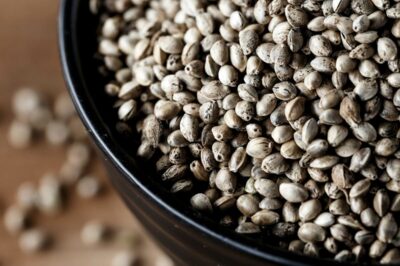
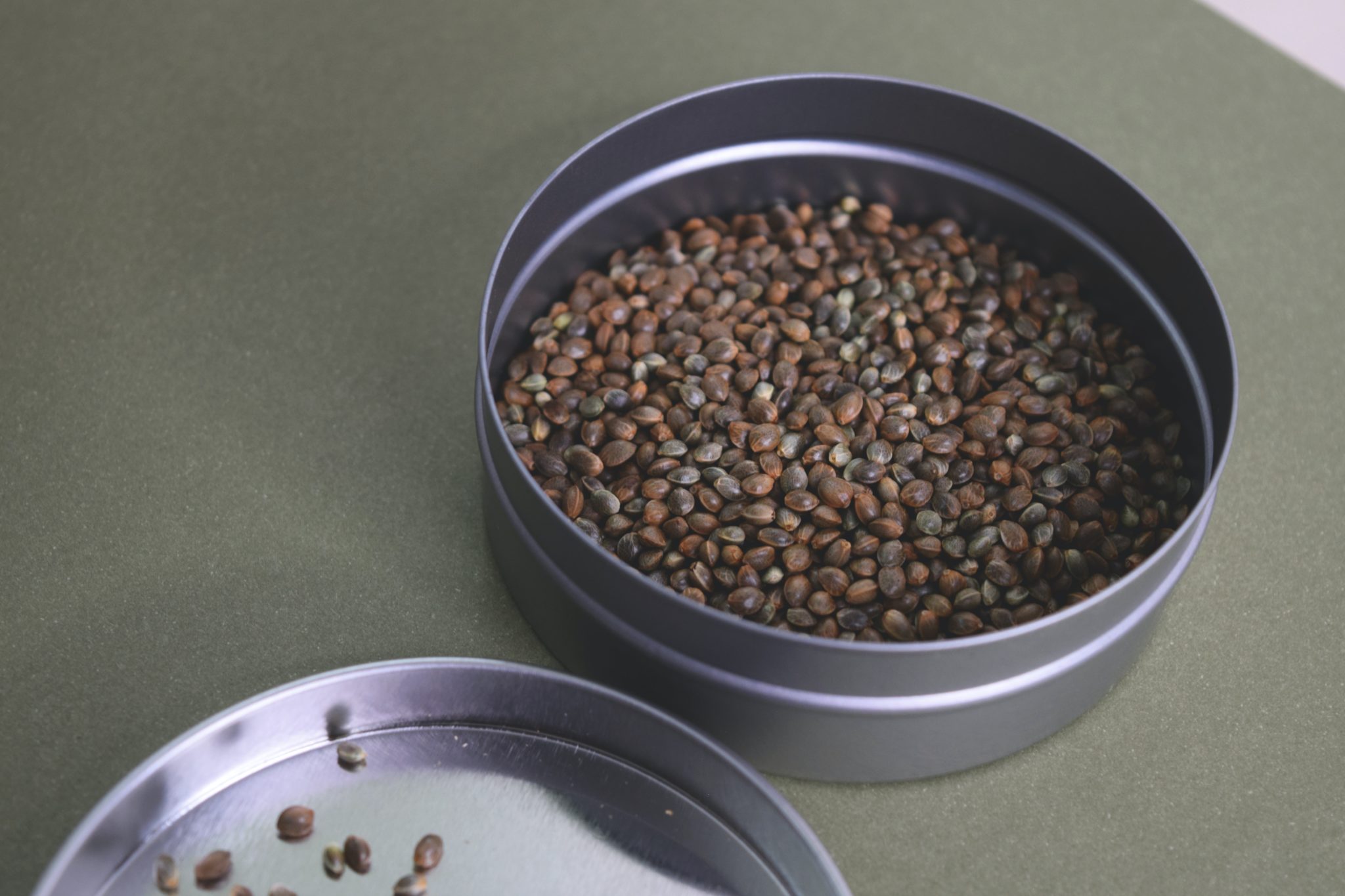

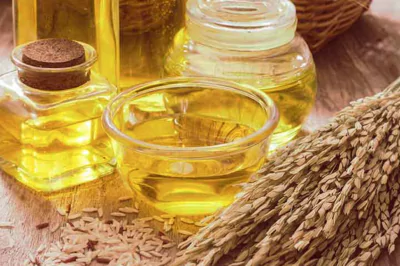

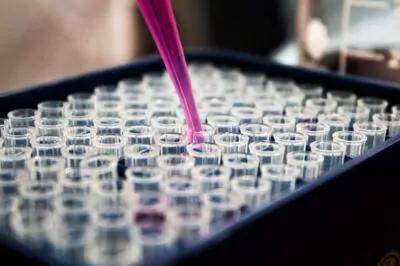

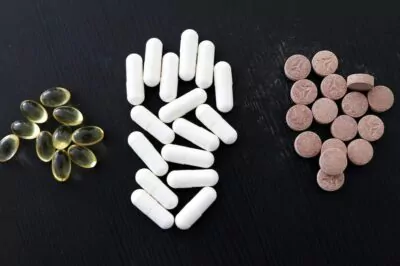
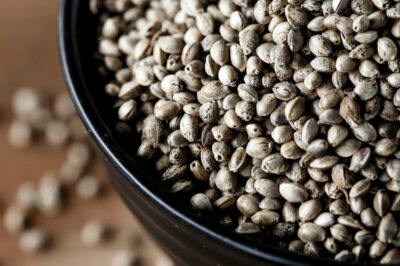
Leave a Reply